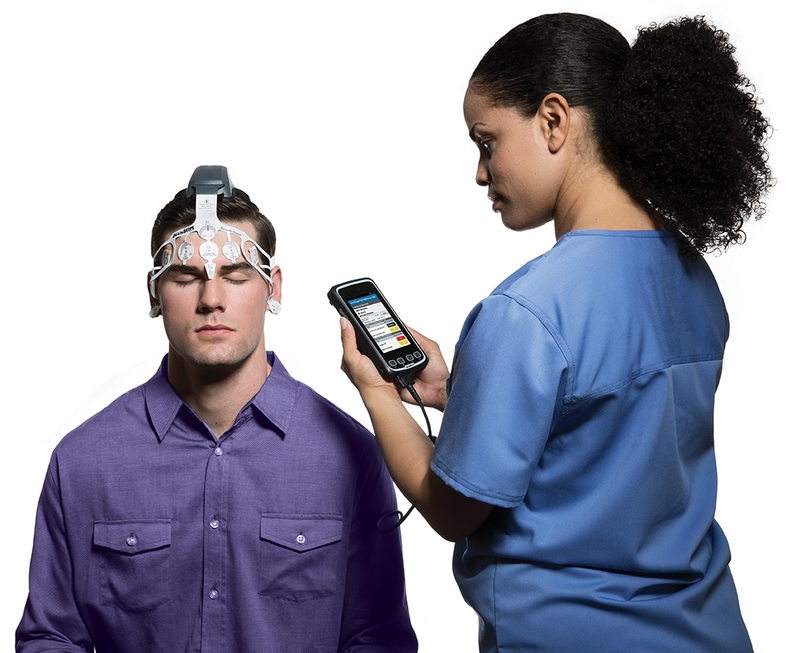Reduction of low clinical value head CTs is a recognized quality initiative among clinical associations, hospitals, and the government. However, in the Emergency Department (ED), over 80% of mild head injured patients still receive a head CT although >90% are found to be negative.1 Nearly 30% of emergency physicians self-reported that they continue to order head CTs for mild head injured patients because of concern for serious diagnosis and/or pressure to meet patient/family expectations.
